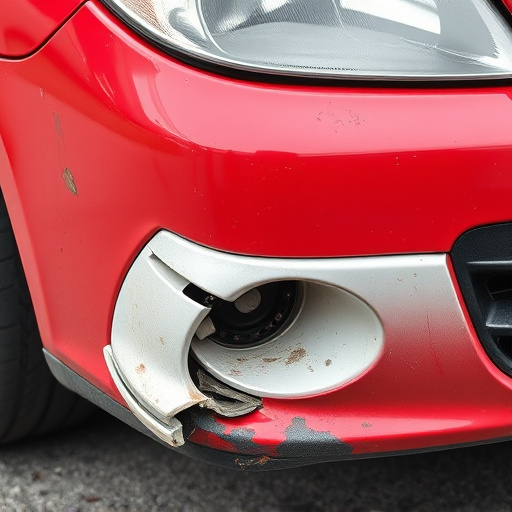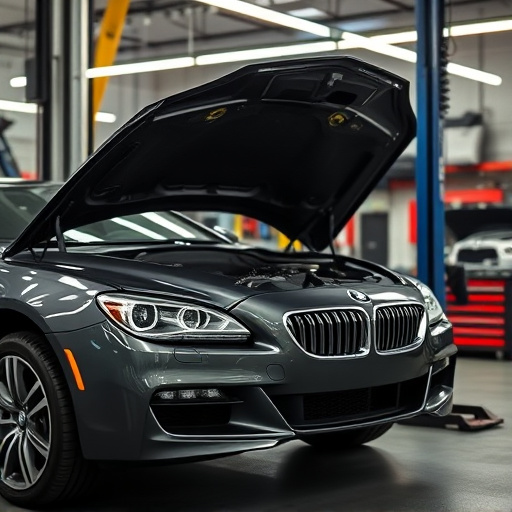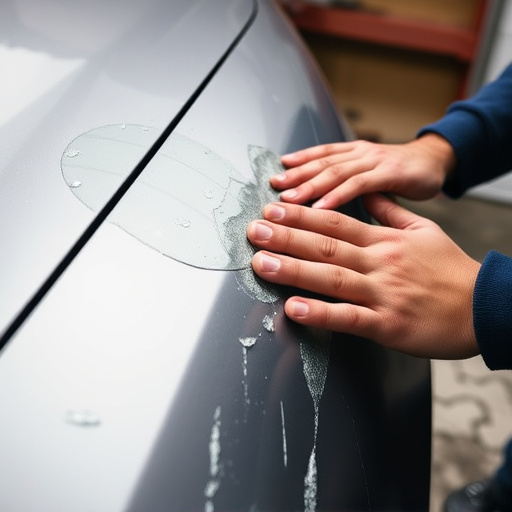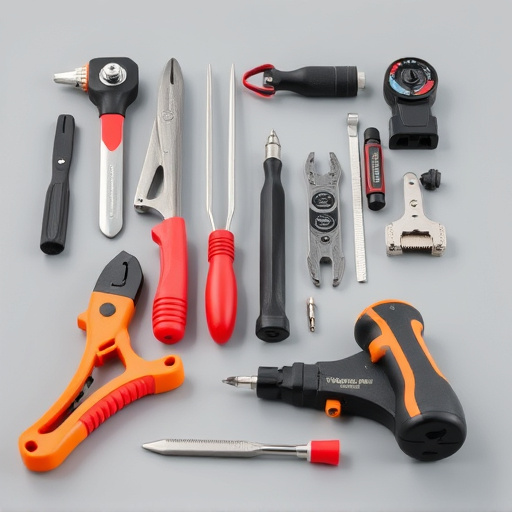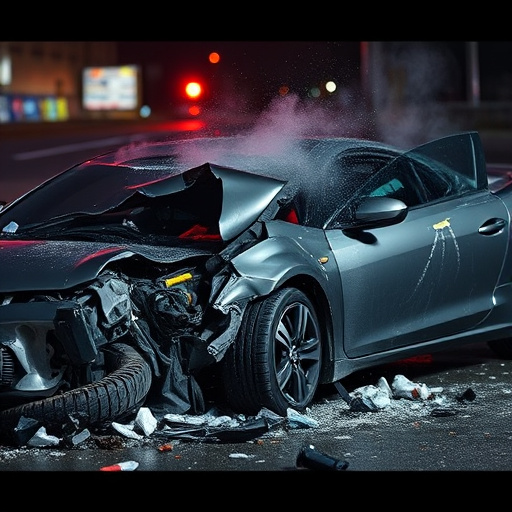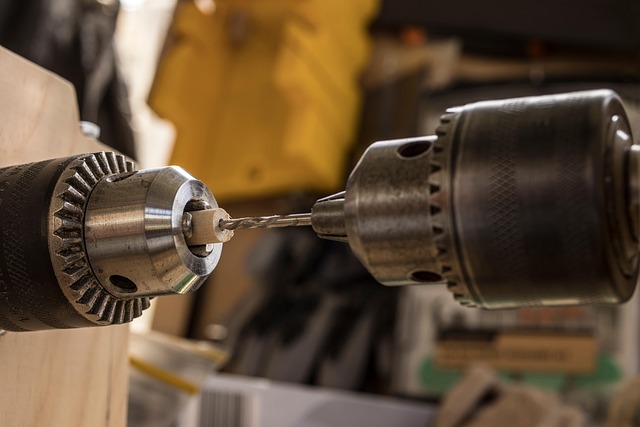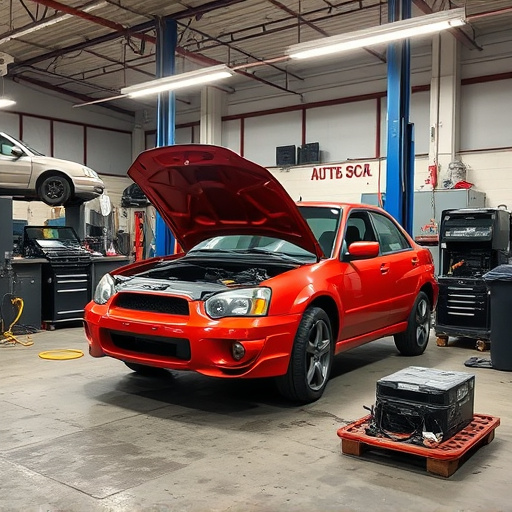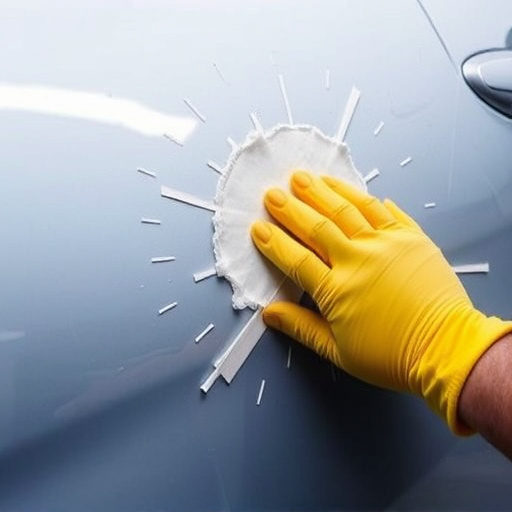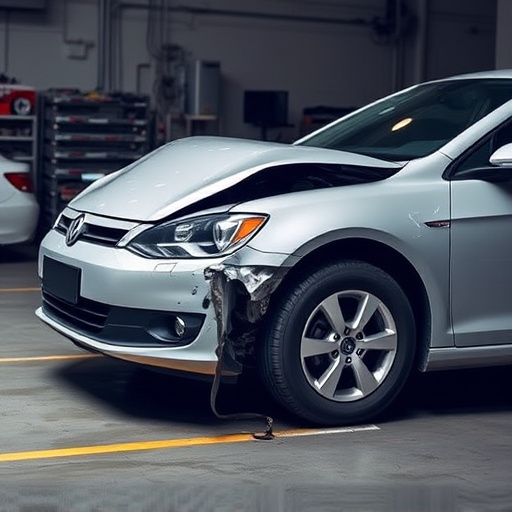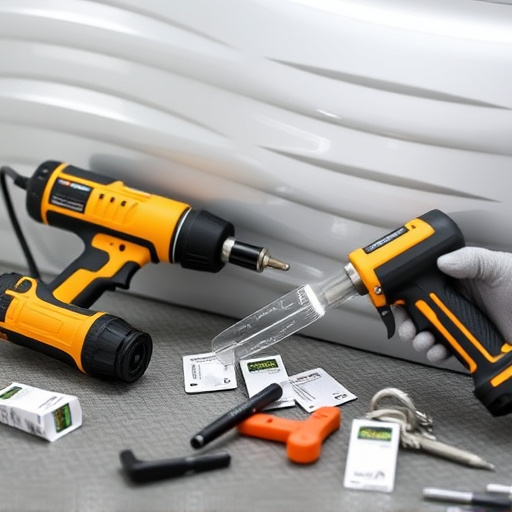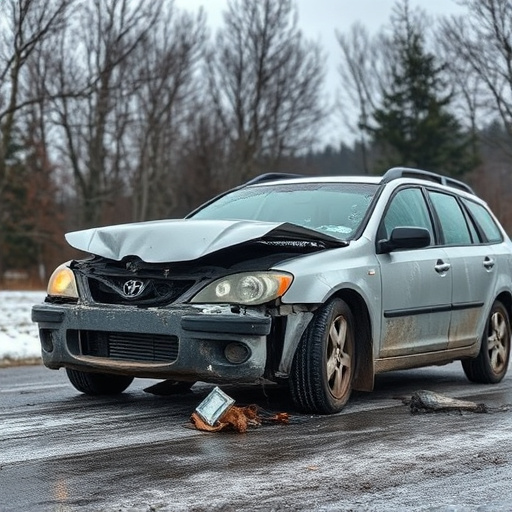The Mercedes Rollover Protection System (MRPS) actively predicts and responds to rollovers using sensors and hydraulics, shifting weight to stabilize the vehicle and minimize structural damage, thereby reducing the need for extensive collision repair services. Despite potential concerns about secondary damage and higher repair costs, continuous advancements in automotive safety technology make MRPS a significant benefit for Mercedes-Benz drivers' peace of mind and safety.
The Mercedes Rollover Protection System (MRPS) is a cutting-edge safety feature designed to protect drivers in critical situations. This innovative technology employs sudden lateral movement to stabilize vehicles prone to rollovers, minimizing the risk of severe injuries or fatalities. Understanding how MRPS initiates this protective maneuver and its safety benefits is crucial for consumers considering advanced driver assistance systems. However, exploring potential drawbacks ensures a balanced perspective on this groundbreaking automotive protection system.
- Understanding Mercedes Rollover Protection System (MRPS)
- How MRPS Initiates Sudden Lateral Movement
- Safety Benefits and Potential Drawbacks of MRPS Technology
Understanding Mercedes Rollover Protection System (MRPS)

The Mercedes Rollover Protection System (MRPS) is a sophisticated active safety feature designed to protect occupants during critical situations. When sensors detect an imminent rollover, MRPS engages in a sudden lateral movement, actively shifting the vehicle’s weight to reduce the risk of flipping over. This innovative system utilizes advanced technology to monitor road conditions, steering inputs, and vehicle dynamics, ensuring swift and precise intervention.
The MRPS is integrated into the car’s chassis and suspension, allowing for a seamless response without compromising driving dynamics. In the event of an accident, or when the system detects high lateral acceleration, actuators apply force to the chassis, raising the vehicle and bringing it back into a stable position. This rapid reaction can significantly enhance survival rates and reduce the severity of injuries in rollover accidents, making it a crucial component for any modern vehicle, especially premium brands like Mercedes-Benz. For those needing auto body repairs or collision repair services after such incidents, having an MRPS can offer added peace of mind.
How MRPS Initiates Sudden Lateral Movement

The Mercedes Rollover Protection System (MRPS) is designed to initiate sudden lateral movement in response to potentially dangerous situations on the road. When sensors detect an imminent rollover, MRPS activates by steering the vehicle abruptly into a controlled slide, often referred to as a “tire-saving maneuver.” This swift action helps to reduce the risk of severe collision damage repair and can significantly minimize structural damage to the vehicle.
The system’s ability to engage in sudden lateral movement is underpinned by sophisticated electronics and robust hydraulics. These components work in harmony to monitor wheel speed, vehicle roll angle, and other parameters, enabling MRPS to make split-second decisions. Once triggered, the system can steer the car up to 90 degrees, helping it to avoid obstacles or find a safer position, thereby preventing catastrophic collisions that might otherwise necessitate extensive visits to a collision repair center or collision center.
Safety Benefits and Potential Drawbacks of MRPS Technology
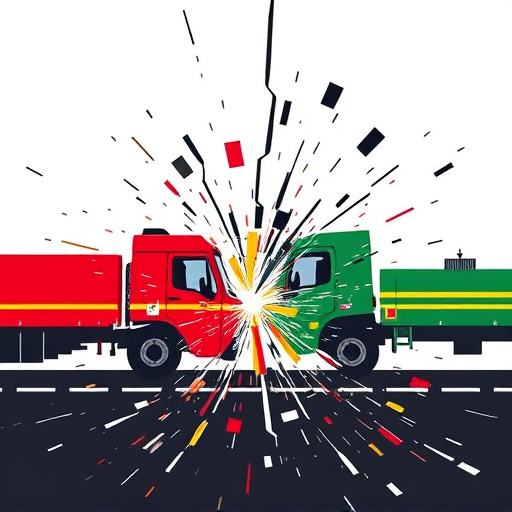
The Mercedes Rollover Protection System (MRPS) offers significant safety benefits, designed to protect occupants in the event of a rollover accident. This advanced technology employs sophisticated sensors and actuators to engage in sudden lateral movement, helping to flip the vehicle or minimize its impact on the ground. MRPS can detect imminent rollovers and activate a series of mechanisms that increase the chances of survival by keeping passengers secured within the vehicle during the critical moments.
While the advantages of MRPS are substantial, there are potential drawbacks to consider. Some critics argue that the system could cause secondary damage, such as car scratch repair or hail damage repair, if not designed and implemented flawlessly. Additionally, the cost of repairing a Mercedes Benz collision after MRPS activation might be higher than traditional airbag systems due to the specialized nature of its components. However, with ongoing advancements in automotive safety technology, these concerns are continually addressed, ensuring that the benefits of MRPS outweigh the potential drawbacks for most drivers.
The Mercedes Rollover Protection System (MRPS) represents a significant advancement in vehicle safety, utilizing sudden lateral movement to mitigate rollovers. By understanding how MRPS works and its potential drawbacks, we can appreciate its safety benefits while navigating the balance between technological intervention and driver autonomy. As automotive technology evolves, continued research and development will further refine MRPS, contributing to safer roads for all.
